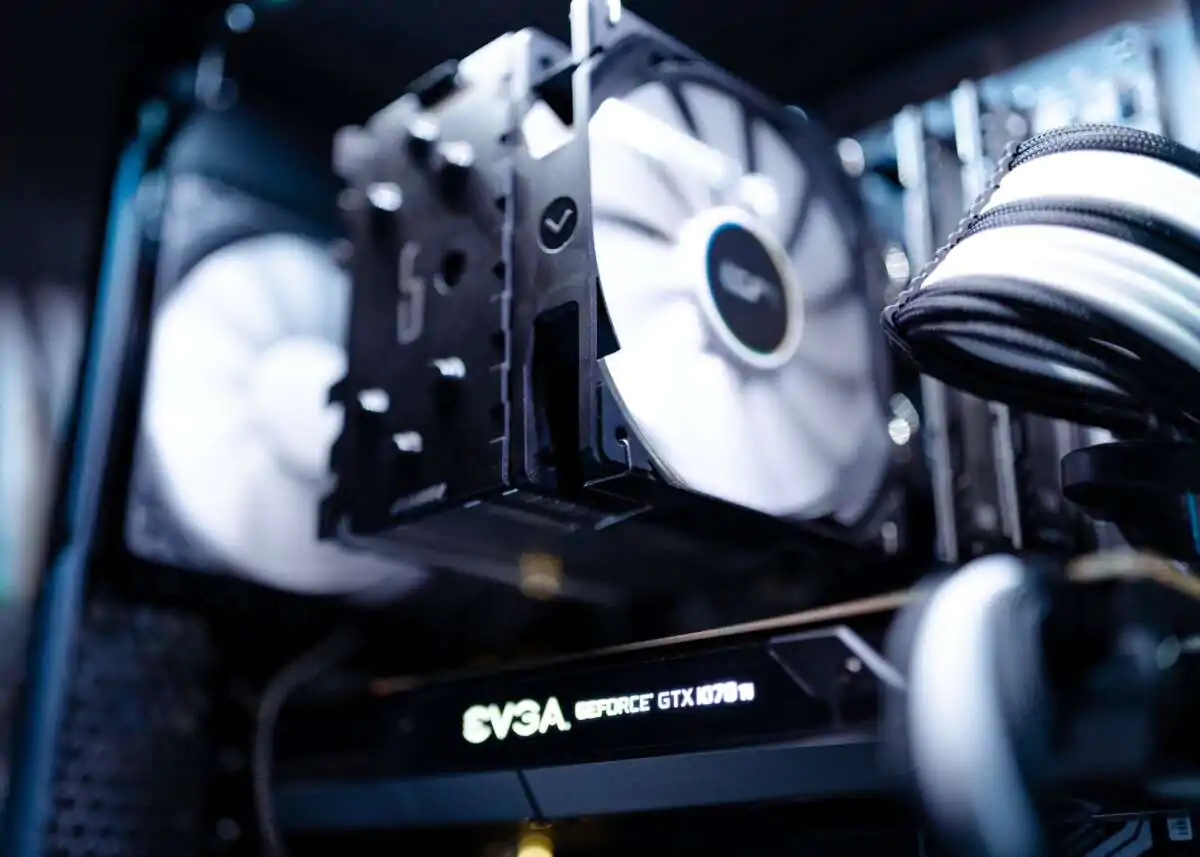Hello, young learners! Welcome back to Primary 3 Basic Science Technology. In our previous lesson, we learned about the different parts of a computer system. Today, we’re going to learn about the Components of a System Unit.
Objectives
By the end of this lesson, you should be able to:
- Identify and list two parts of the CPU.
- Appreciate the importance of each part in a computer system.
- Participate actively in group discussions about computer components.
Components of a System Unit
The system unit is the main part of a computer that houses all the essential components. It’s like the brain of the computer, processing information and controlling all the other parts.
What is the CPU?
The CPU, or Central Processing Unit, is the most important part of the system unit. It’s responsible for processing all the instructions and data that the computer receives. Think of it as the computer’s brain, making all the decisions and calculations.
Parts of the CPU
There are many parts that make up the CPU, but we’ll focus on two main ones:
- Arithmetic Logic Unit (ALU): This part performs all the mathematical calculations and logical operations. It’s like the calculator of the computer, adding, subtracting, multiplying, and dividing numbers.
- Control Unit (CU): This part controls the flow of data and instructions within the CPU. It’s like the traffic controller, directing information to the right place at the right time.
Evaluation Questions
Now that you’ve learned about the components of a system unit, let’s see if you can answer these questions:
- What are the two main parts of the CPU?
- What is the function of the Arithmetic Logic Unit (ALU)?
- Why is it important to understand the components of a computer system?
- Can you describe the role of the Control Unit (CU) in the CPU?
- What are some other important components found in the system unit?
Conclusion
Today, we learned about the components of a system unit, particularly the CPU and its two main parts, the ALU and the CU. Remember, the CPU is the brain of the computer, processing information and controlling all the other parts. Keep exploring and learning about the fascinating world of computers! See you in the next lesson!









